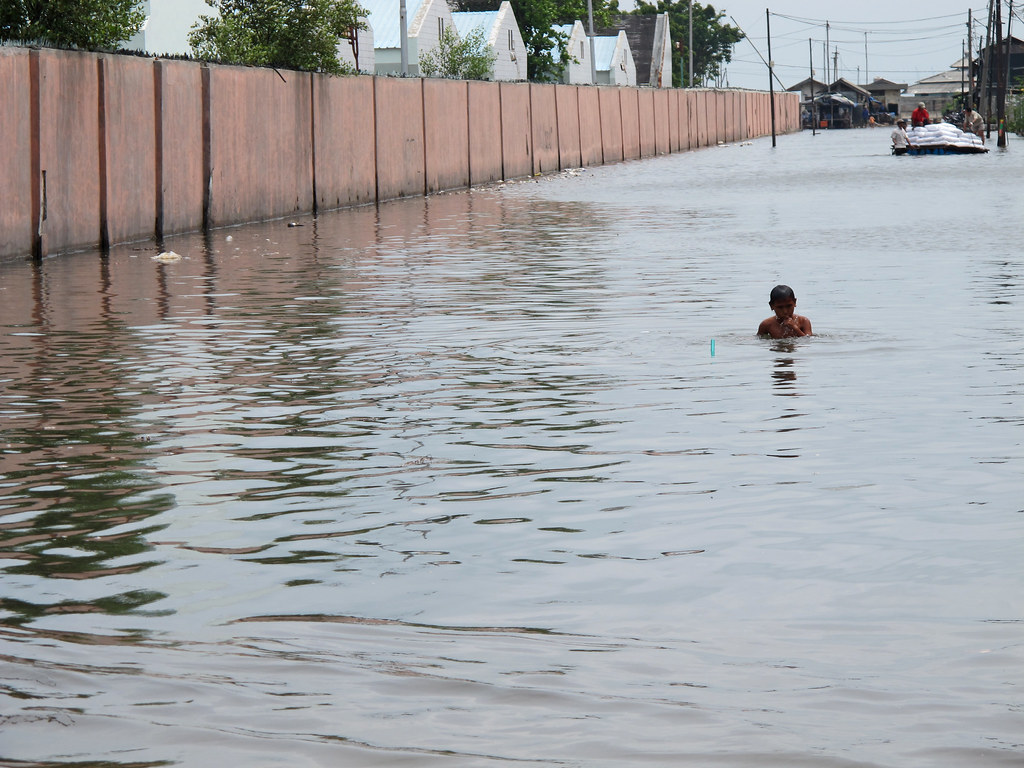In Libya’s coastal city of Derna, a massive flood caused by the breaching of two dams during heavy rains led to a tragic death toll in the thousands with many more missing. This flood was exacerbated immensely by the ongoing climate crisis.
Storm Daniel swept through the Mediterranean and struck Libya on Sept. 10 and 11. The death toll stands at 3,958 with over 9,000 missing, according to the World Health Organization. The destruction of the dams due to the heavy 100–millimeter rains led to roads being destroyed and entire neighborhoods being swept out to sea.
Researchers from Greece, the United States, the Netherlands, Germany and the United Kingdom came together under the banner of the World Weather Attribution Group to determine the extent to which this disaster was caused by climate change. They assessed not only the effects of Storm Daniel on Libya, but also in the other countries where it caused deaths: at least four people in Bulgaria, six in Spain, seven in Turkey and 17 in Greece.
They did this by comparing the rainfall patterns and climate data to those recorded in the late 1800s when the earth was on average 1.2 degrees Celsius cooler as well as other rainfall data in more recent years.
The researchers determined that the event in Spain was a 1-in-10 to 1-in-40-year event; the event in central Greece was a 1-in-80 to 1-in-250-year event; the event in the Greece-Bulgaria-Turkey region was a 1-in-5 to 1-in-10-year event; and the event in Libya was a 1-in-300 to 1-in-600-year event.
Additionally, the researchers concluded that the event in Libya was 50 times more likely to occur as well as 50% deadlier directly due to the effects of climate change. Meanwhile, there was a 40% increase in the overall amount of rain across the Mediterranean because of climate change.
“Through these events, we are already seeing how climate change and human factors can combine to create compounding and cascading impact,” Maja Vahlberg from the Red Cross Red Crescent Climate Centre in the Netherlands said. Vahlberg was one of 13 researchers who collaborated on the analysis.
The researchers also found that the expected future outcome of global warming in Libya is a decrease in average rainfall and an increase in extreme rainfall. This is doubly lethal.
In comparison to decreased average rainfall, the effects of increased extreme rainfall may be more visible; however, both outcomes are equally lethal. In effect, this will lead to more crop failures and more hunger in a country already riddled with agricultural, humanitarian and infrastructural crises.
Another study tracked the impact of global warming on cyclones in New England by comparing pre-industrial, modern and projected future data with higher emissions. It found that not only are cyclones projected to be more likely to occur as a whole but are also expected to tend closer to the coasts, giving inhabitants of areas such as Boston and New York less time to prepare.
Lead author of the study Rowan University’s Andra Garner said that she and her team found out that hurricanes were “more likely to move most slowly when they’re traveling along the U.S. East Coast, which causes their impacts to last longer and increase that duration of dealing with winds and storm surge, things like that.”
About 40% of the world’s population lives within 100 kilometers of the coastline; these coastal communities will likely be faced with severe threats to their survival in the coming years due to the impact of climate change.
Garner emphasized that infrastructural and policy changes to coastal cities are crucial to their preservation and would simultaneously decrease emissions.









